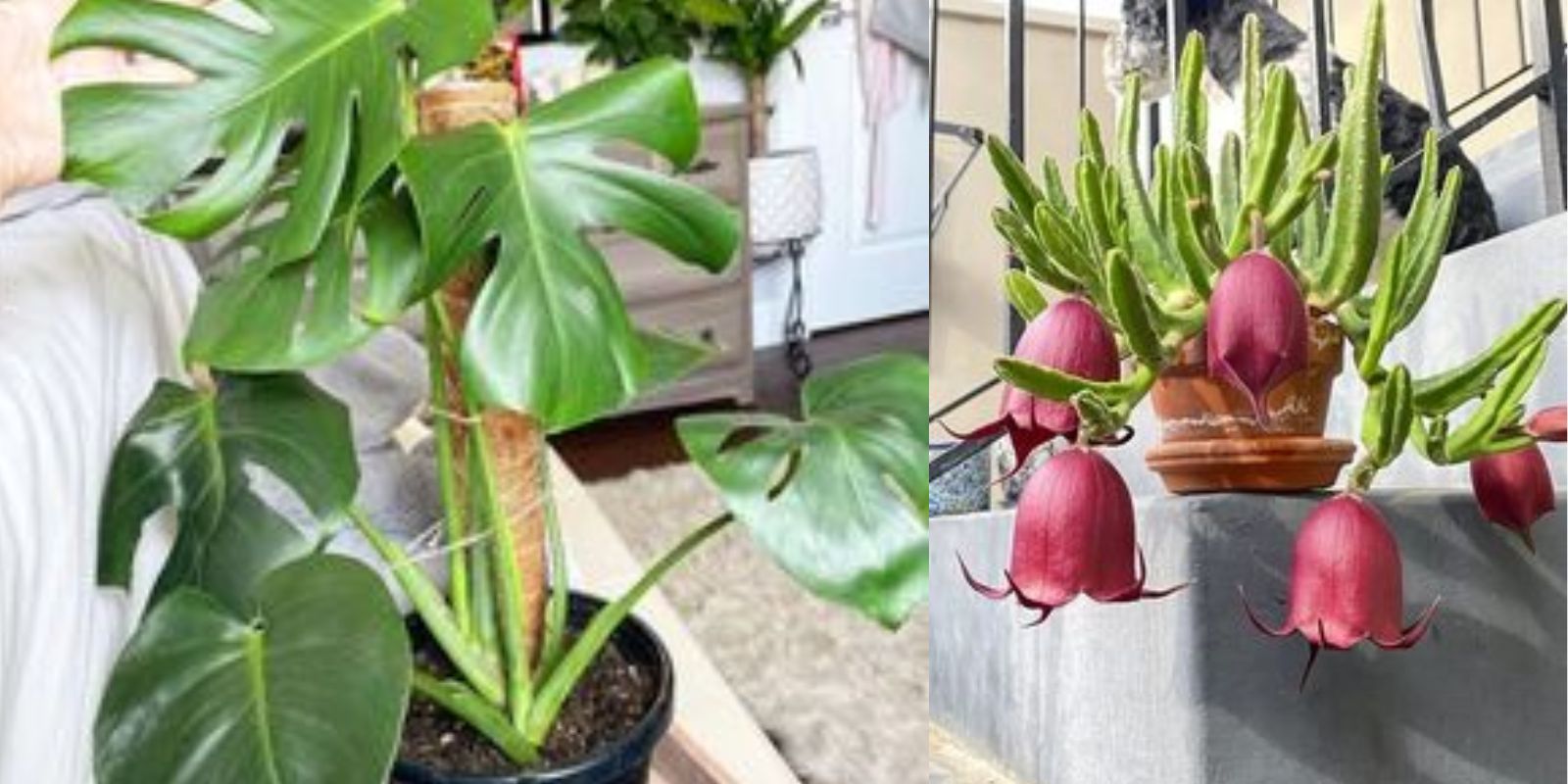Introduction
Indoor plants add a touch of nature to our living spaces, enhancing the ambiance and bringing a sense of tranquility. However, many plant enthusiasts struggle to get their indoor plants to bloom as beautifully as they envision. If you’ve been looking for a way to elevate the flowering potential of your indoor plants, you’re in for a treat. There’s a simple yet effective trick that can help your plants produce an abundance of stunning flowers. By adding just one teaspoon of a special ingredient to the soil, you can unlock the full blooming potential of your indoor plants. In this article, we’ll explore this method in detail and guide you through the steps to achieve a breathtaking floral display.
Understanding the Needs of Indoor Plants
1. The Importance of Nutrients
Plants require a variety of nutrients to thrive and produce flowers. These nutrients include essential elements such as nitrogen, phosphorus, and potassium. Each plays a distinct role:
- Nitrogen: Promotes healthy leaf growth.
- Phosphorus: Supports strong root development and flowering.
- Potassium: Enhances overall plant health and resistance to diseases.
2. Common Indoor Plant Challenges
Indoor plants often face unique challenges that can hinder their blooming potential:
- Limited Light: Indoor environments may not provide sufficient natural light for optimal growth.
- Nutrient Deficiency: Soil in pots can become depleted of essential nutrients over time.
- Inconsistent Watering: Over or under-watering can impact plant health and flowering.
The Secret Ingredient
1. Choosing the Right Plant Food
To boost the blooming potential of your indoor plants, you need to choose a suitable plant food or nutrient supplement. Common options include:
- Bloom Booster Fertilizer: Specialized fertilizers designed to enhance flowering.
- Organic Plant Food: Natural options like compost or fish emulsion.
- Commercial Nutrient Mixes: Products formulated to provide a balanced blend of nutrients.
2. Why One Teaspoon Works
A small amount of concentrated plant food can make a significant difference. The key lies in the proper application and the plant’s ability to absorb and utilize the nutrients effectively.
Step-by-Step Guide to Enhancing Indoor Plant Blooms
1. Choose Your Plant Food
- Select a Fertilizer: Choose a plant food high in phosphorus to promote flowering. Look for labels with a higher middle number (P) in the N-P-K ratio.
- Organic Option: If you prefer natural methods, select organic options like bone meal or compost.
2. Prepare the Soil
- Check Soil Moisture: Ensure the soil is slightly moist but not waterlogged. Moist soil helps nutrients integrate better.
- Clean the Surface: Gently remove any debris or old, dead plant material from the soil surface.
3. Apply the Ingredient
- Measure: Use a clean measuring spoon to scoop out 1 teaspoon of the chosen plant food.
- Sprinkle Evenly: Evenly distribute the teaspoon of plant food across the surface of the soil. Avoid concentrating it in one area to prevent potential root burn.
4. Water the Plant
- Water Gently: After applying the plant food, water the plant gently. This helps dissolve the nutrients and allows them to penetrate the soil.
- Avoid Over-Watering: Ensure the water drains properly to avoid waterlogging, which can harm the roots.
5. Observe and Enjoy
- Monitor Growth: Over the following weeks, observe your plant for signs of new growth and blooming.
- Adjust Care: Continue with regular care, including appropriate light, water, and additional fertilization as needed.
Benefits of the Simple Trick
1. Enhanced Flowering
The primary benefit of adding a teaspoon of plant food is the enhanced flowering. Increased phosphorus levels promote flower bud formation and development, leading to more vibrant and abundant blooms.
2. Improved Plant Health
In addition to boosting blooms, the right nutrients support overall plant health. Healthy plants are more resilient to pests and diseases and can better utilize light and water.
3. Easy and Cost-Effective
This method is both easy and cost-effective. A small amount of fertilizer goes a long way, and the process requires minimal effort compared to other plant care techniques.
Tips for Best Results
1. Choose Quality Products
- Select High-Quality Fertilizer: Use reputable brands or high-quality organic options for the best results.
- Check Expiry Dates: Ensure that the plant food is not expired or degraded.
2. Follow Application Guidelines
- Read Labels: Follow the manufacturer’s instructions for application rates and frequency to avoid over-fertilizing.
- Adjust for Plant Type: Different plants have varying nutrient needs, so adjust the type and amount of plant food accordingly.
3. Monitor and Adjust
- Observe Plant Response: Pay attention to how your plant responds to the added nutrients. If you notice any negative effects, adjust the amount or type of plant food.
- Regular Care: Maintain a consistent care routine, including appropriate watering, light, and temperature, to support overall plant health.
Troubleshooting Common Issues
1. Excessive Growth but No Flowers
- Possible Causes: Over-fertilization or excessive nitrogen can lead to lush foliage with few flowers.
- Solutions: Reduce nitrogen-rich fertilizers and focus on those high in phosphorus.
2. Leaf Burn or Discoloration
- Possible Causes: Applying too much plant food or direct contact with the fertilizer can cause leaf burn.
- Solutions: Adjust the application amount and ensure the fertilizer is well-mixed into the soil.
3. Poor Drainage
- Possible Causes: Waterlogged soil can lead to root rot and other issues.
- Solutions: Ensure proper drainage by using well-draining soil and pots with drainage holes.
Conclusion
Unlocking the full blooming potential of your indoor plants doesn’t require complex techniques or expensive products. By adding just one teaspoon of the right plant food to the soil, you can significantly enhance your plants’ flowering and overall health. This simple trick offers a cost-effective and efficient solution to transform your indoor garden into a vibrant display of colors. Embrace this method, follow the steps provided, and watch as your indoor plants burst into stunning, beautiful blooms. Happy gardening!

